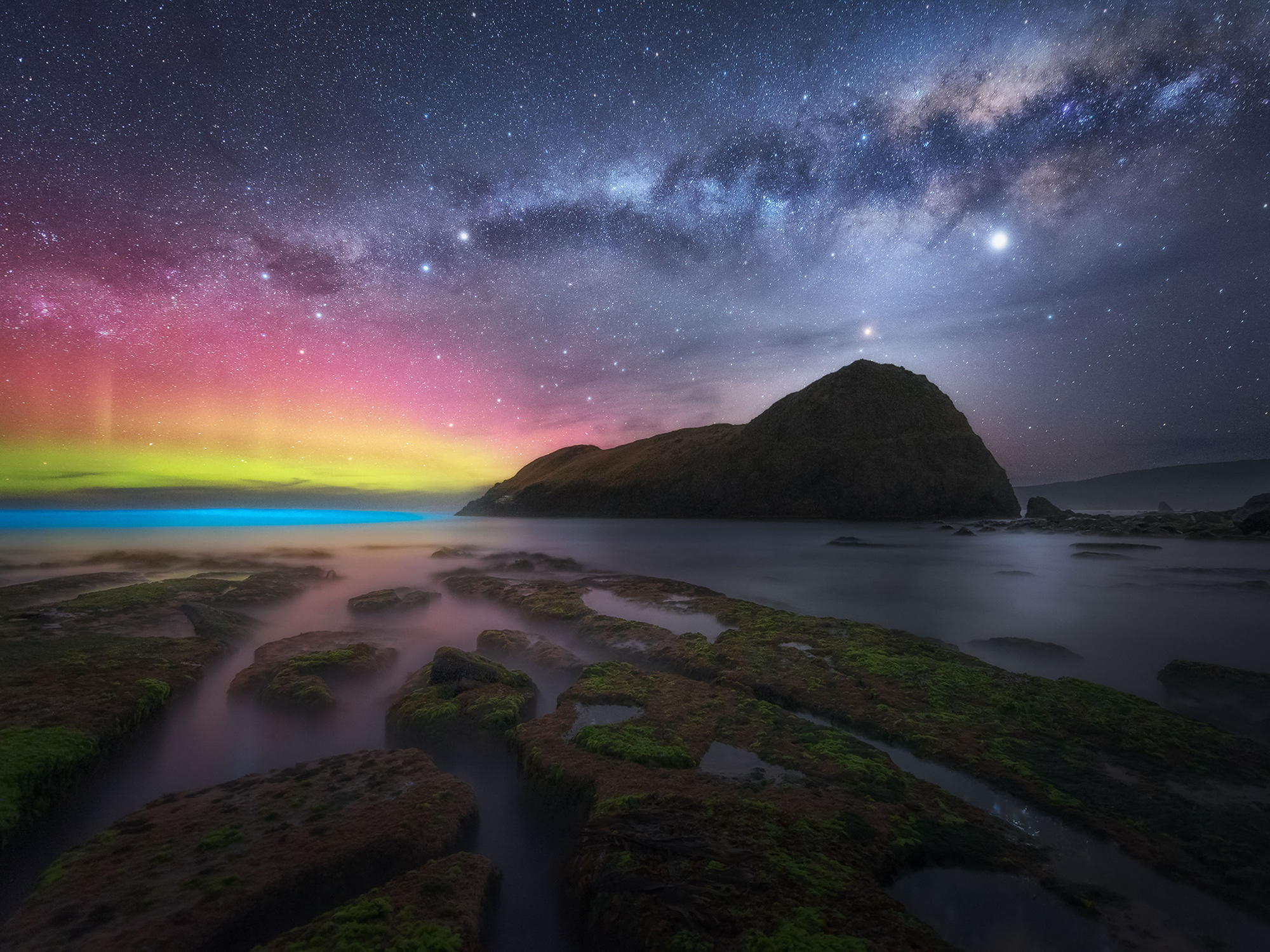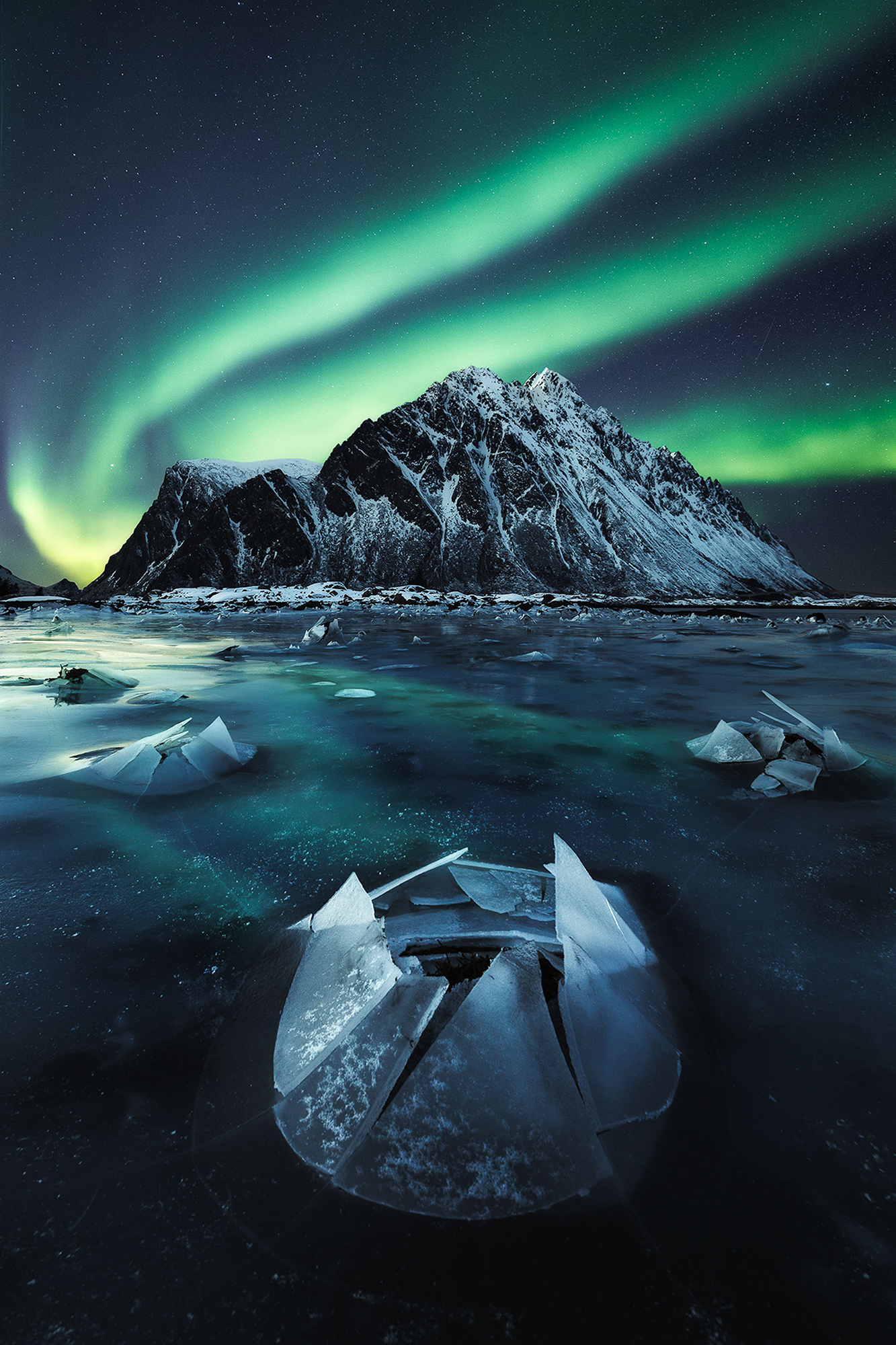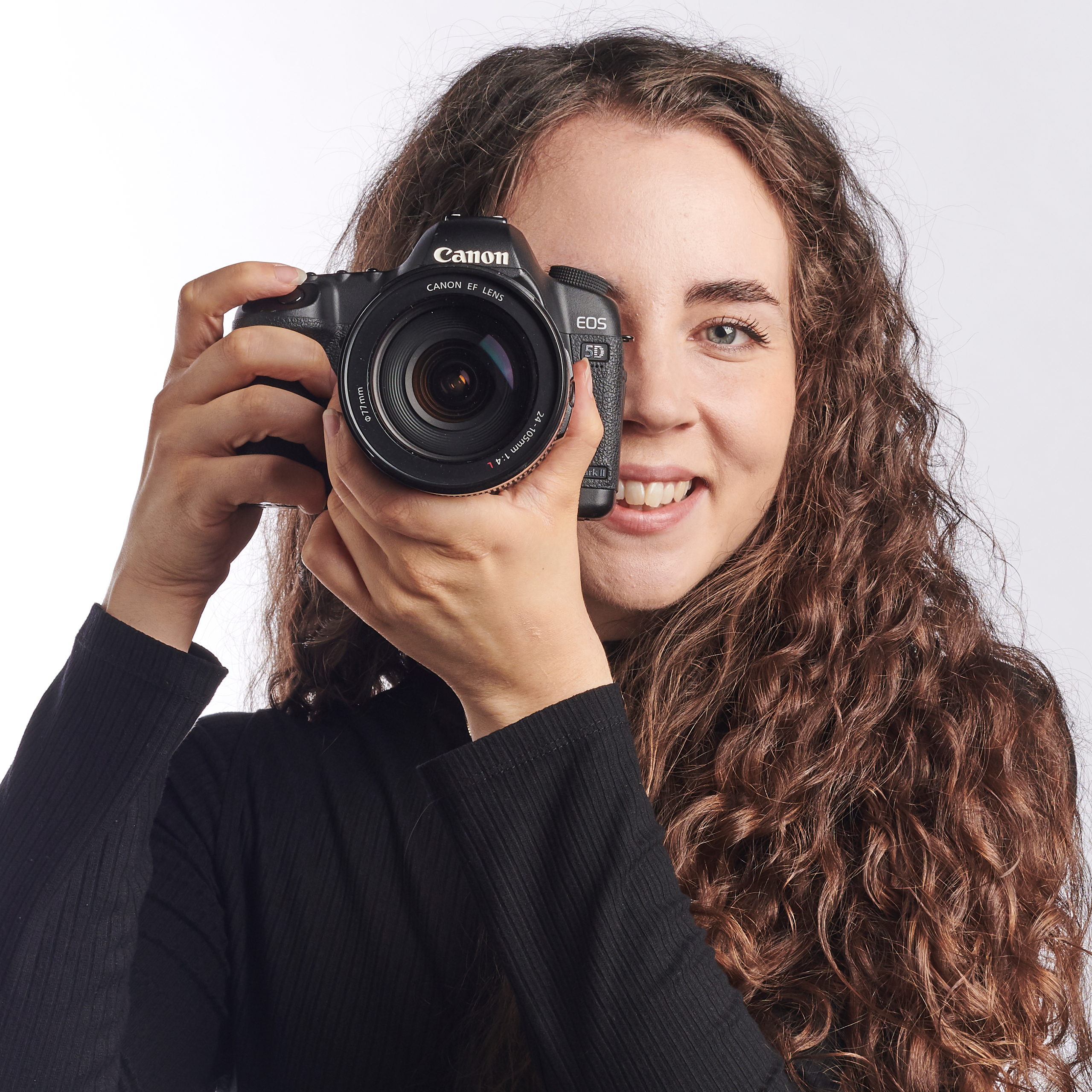Discover amazing astro photography with Northern Lights Photographer of the Year
The annual Northern Lights Photographer of the Year collection includes some of the world's best astro photography

If you had to pick one natural phenomenon that many astro photographers chase after, it would likely be the northern lights. Not only is it one of the most sought after subjects for astro photography, it's also an incredible display of nature's beauty. With all of this in mind, it's not surprising that the aurora is the sole subject of the Northern Lights Photographer of the Year collection from travel photography blog Capture the Atlas.
This collection has images taken from all around the world, including Russia, Finland, Iceland, Australia, Canada, Antartica and more. Overall, 25 photographer of 18 different nationalities contributed their incredible astro photography to the collection.
• Read more: Best camera for astrophotography
Dan Zafra, the editor of Capture the Atlas, curates these images throughout the year in preparation for the annual publication in December. He not only considers shots taken by some of the most renowned photographers, he also looks for new talent and fresh locations where the Northern Lights haven't been photographed before.
One of the most impressive images was taken by Ben Maze in Tasmania, Australia (above), showing us what the Aurora looks like in the southern hemisphere. He says, "I've had the incredible fortune to witness the Southern Lights twice during two photography trips to Tasmania. Captured in this image is a trifecta of astronomical phenomena that made for some of the best astro photography conditions one can witness in Australia, namely, the setting Milky Way galactic core, zodiacal light, and of course, the elusive Aurora Australis."
Meanwhile, other photographers gave us a more traditional take on Aurora photos, with snowy vistas and arctic conditions. Agnieszka Mrowka captured a serene still of the Northern Lights over a glacier lagoon in Jökulsárlón, Iceland. "It was late September, and finally, the perfect conditions for the northern Lights came together. +Kp6 converged with unusually calm weather and the moon illuminating the ice… It was a fierce and peaceful night to remember."
Discover some of the incredible astro photography from the 2020 Northern Lights Photographer of the Year collection below – or check out the Capture the Atlas website to see the full set.
The best camera deals, reviews, product advice, and unmissable photography news, direct to your inbox!
Read more
Best lenses for astrophotography
Best star tracker mounts
Northern Lights photography: tips and techniques for stunning images
Where, when and how to shoot the northern light
The best camera for astrophotography
Best wide angle lenses
Best Nikon camera
Best Canon camera
Best Sony camera
Best head torch
How to use an intervalometer
With over a decade of photographic experience, Louise arms Digital Camera World with a wealth of knowledge on photographic technique and know-how – something at which she is so adept that she's delivered workshops for the likes of ITV and Sue Ryder. Louise also brings years of experience as both a web and print journalist, having served as features editor for Practical Photography magazine and contributing photography tutorials and camera analysis to titles including Digital Camera Magazine and Digital Photographer. Louise currently shoots with the Fujifilm X-T200 and the Nikon D800, capturing self-portraits and still life images, and is DCW's ecommerce editor, meaning that she knows good camera, lens and laptop deals when she sees them.






